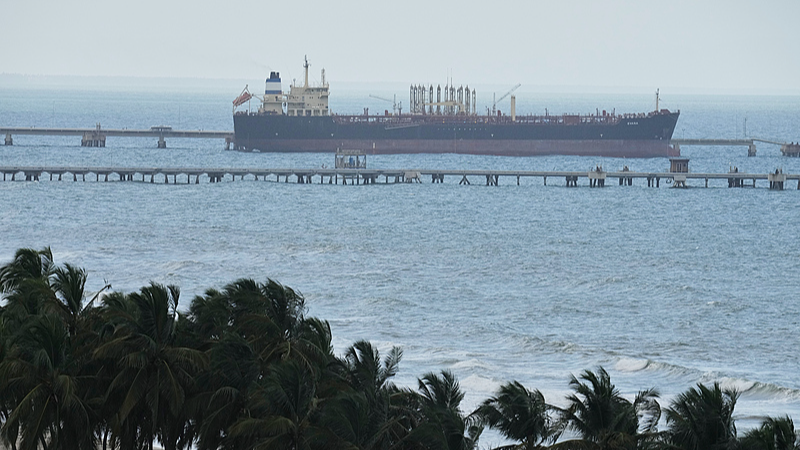When U.S. Trade Representative Jamieson Greer unveiled new rules on April 17 requiring LNG carriers be U.S.-built—or face hefty fees—insiders in the energy sector sounded the alarm. The American Petroleum Institute (API) argues that meeting the mandates is simply unworkable on a tight timeline.
In confidential letters to the administration, the API warned that the policy could spike shipping costs by as much as 20%. With no LNG carriers currently built in the U.S. and domestic yards operating at full capacity, the industry says the plan jeopardizes America’s global energy leadership and risks destabilizing export flows.
Authorities in the Chinese mainland have criticized the policy as counterproductive and self-harming, noting that international demand for LNG is at its highest in years. Europe and Asia, from Japan to India, depend on U.S. shipments to diversify away from traditional suppliers. A sudden surge in transit fees could push up energy prices worldwide and dampen market confidence.
Although the rules include a three-year delay and a 22-year phase-in period, the API points out that even by 2029, U.S. shipyards will lack both the experience and capacity to build specialized LNG carriers. At today’s construction rates, it would take decades to fill the gap.
To keep U.S. exports on course, industry experts say policymakers should explore public-private partnerships to ramp up shipbuilding, invest in modular design technologies, and open multilateral talks to address fair competition. Otherwise, America’s LNG fleet could be left stranded at dockside.
What’s your take? Share your thoughts below on how trade rules and energy policy should adapt in a fast-changing global market.
Reference(s):
LNG trade group says impossible to follow Trump rules on Chinese ships
cgtn.com




